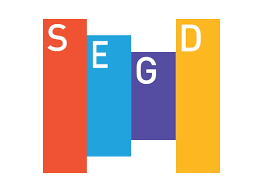When it comes to maintaining or upgrading business signage, one thing many business owners often fail to realize is that “going green” can be a great way to get better signage for less money.
To see how, request a free white paper, 9 Green Signage Tips You Can Use to Wow your Clients, which highlights a variety of environmentally friendly practices you ought to consider any time you think about investing in new business signage. You can download the version most relevant to your business at one of these links: Architects, General Contractors, and Property Managers.
The white paper offers a series of thoughtful and useful suggestions, including how refurbishing your existing signage can benefit both your business and the environment.
Sign Upgrades Provide Big Environmental Benefits at a Fraction of the Cost of New Signage
When existing signs are unsightly, inefficient, not up to code, or simply failing to meet your expectations as a business owner, the first choice is often to ditch the old signage completely and start fresh.
But in many situations refurbishing the old signage can be a smarter and more cost-effective alternative.
Whenever you reuse portions of an existing sign, you immediately save money by avoiding he purchase of new material (you also help the Earth, because that new material doesn’t have to be mined and manufactured). You save more money by avoiding waste would have to get hauled to the landfill. A third saving is the reduction of your ongoing operating costs because a refurbished sign normally uses far less energy that an older one. These savings add up to an accelerated return on your investment that will surprise and delight you.
Retrofitting your existing signage to accept new, cooler-burning LEDs is just one example of how reworking an old sign can improve a sign’s appearance, effectiveness, and cost. It’s a small step (and relatively small investment for your client) that can make a big difference in energy use and costs. Properly done, the refurbished sign is likely to be safer, as well.
The iconic, 1950s-era sign above Cambridge Savings Bank at Harvard Square was a beacon and a great advertisement for the bank – except when the neon would go dark. And that happened too often. It was bad for the bank’s image and for the bottom line, since each repair cost at least $400. Metro Sign & Awning replaced the leaky faces and swapped the expensive neon for vastly more efficient LEDs. Now the old, familiar sign looks like new.
You can get the other 8 free tips by downloading the version appropriate for you at one of these links: Architects, General Contractors, and Property Managers
(This updated and expanded post was originally published on August 6, 2012)
